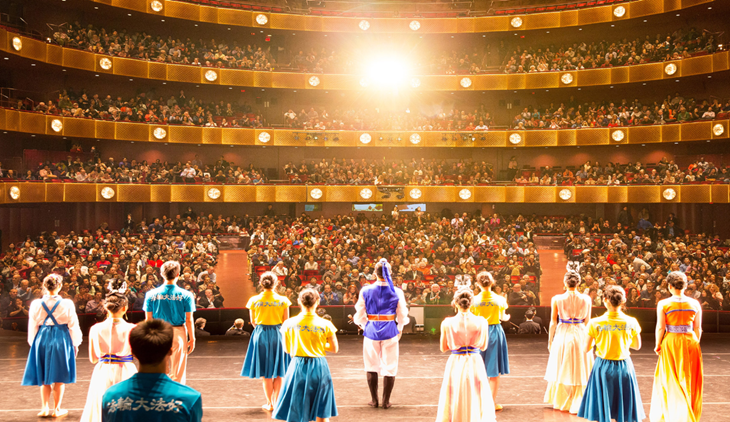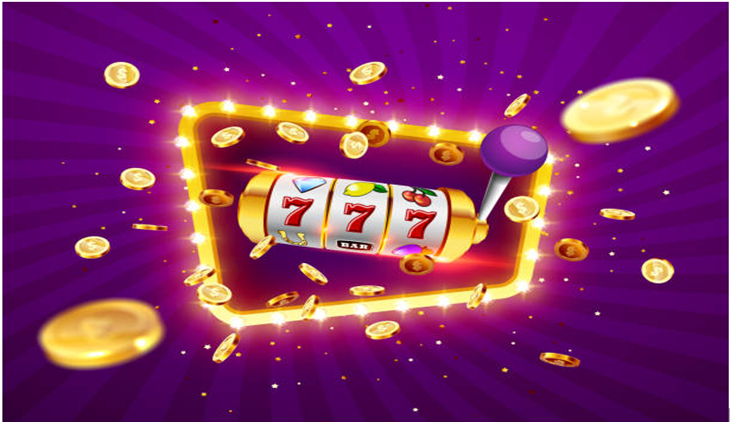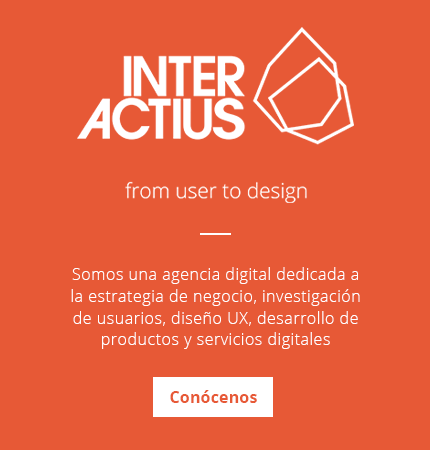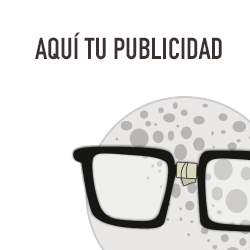
In today’s digital-first world, where consumer attention is fleeting and competition is intense, strong visual communication is one of the most vital tools for brand success. Graphic design plays a key role in building a compelling and memorable online presence by visually expressing your brand’s identity, values, and messaging. Alongside traditional design elements, 3D graphics and animation are emerging as dynamic tools that can take brand storytelling and user engagement to an entirely new level.
From social media content to website interfaces and digital ads, high-quality, consistent design influences how users perceive and interact with your brand. In this expanded discussion, we’ll explore how graphic design, including the growing importance of 3D graphics and animation, serves as a strategic pillar in establishing brand recognition, building trust, guiding user behavior, and driving digital growth.
1. Establishing a Strong and Memorable Visual Identity
Your brand’s visual identity is the foundation of its public persona. It includes core design elements like your logo, color palette, typography, and imagery—all of which come together to convey your brand’s character and purpose. Graphic design, when done right, gives these elements coherence, structure, and emotional resonance.
A compelling identity visually differentiates you from competitors and fosters brand recognition. For example, a wellness brand might use calming pastel tones and minimalist line work, while a tech company could lean into high-contrast, futuristic aesthetics. Now, with the rise of 3D graphics, brands have even more ways to express uniqueness. A 3D-rendered product model on a website or in an ad creates a more tactile and immersive experience, enabling users to engage with visuals on a deeper level.
Animation further enriches brand identity. Motion graphics can bring logos to life or emphasize brand values through animated storytelling. A subtle animation on a homepage can immediately signal innovation and professionalism. Whether through a looping logo animation or a micro-interaction on a button, movement captivates attention and adds a dynamic layer to your brand’s personality.
2. Building Trust Through Consistent Design Language
Consistency is key to building brand trust and credibility. Users expect a coherent experience as they navigate between your website, social media profiles, mobile app, and advertising materials. Disjointed visuals create friction, while a unified visual language fosters confidence.
Graphic design ensures that all brand touchpoints speak the same visual language. Whether it’s a website banner, a social post, or a digital brochure, consistency in fonts, colors, layout, and tone makes your brand appear polished and reliable.
Adding 3D graphics and animations enhances consistency without sacrificing creativity. A product launch campaign can include animated social media teasers, interactive 3D product previews on your website, and animated infographics in email campaigns—all while maintaining visual harmony. This level of consistency across modern media formats strengthens brand recognition and conveys professionalism.
3. Capturing Attention in a Crowded Digital Space
In a sea of content competing for clicks and scrolls, attention is currency. Brands need to stand out quickly and meaningfully, and visual design is often the first and most powerful way to do that.
A strong graphic design strategy incorporates bold typography, thoughtful composition, and color psychology to make visuals pop. But to truly stand out, modern brands are incorporating 3D graphics and animation to captivate viewers instantly. An animated product showcase, a 3D logo reveal, or a motion infographic can stop a user mid-scroll and spark curiosity.
Using motion and depth strategically can create focal points and visual flow. Animations, for instance, can guide the eye through a piece of content or subtly direct attention to a call-to-action. 3D graphics offer photorealism and spatial storytelling that flat design can’t always achieve, making them powerful tools for digital storytelling and advertising.
4. Influencing User Behaviour and User Experience
Design doesn’t just look good—it performs a function. Graphic design plays a critical role in user experience (UX), subtly guiding how users navigate digital platforms, interact with elements, and make decisions.
Elements such as button placement, typography hierarchy, and white space can dramatically affect usability. When well designed, they reduce friction and increase conversions.
Now, consider how animation and 3D graphics enhance these interactions. A button that gently pulses when hovered over, a smooth transition between product pages, or a 3D carousel of product views all provide tactile feedback that makes digital environments more intuitive and satisfying.
For e-commerce platforms, interactive 3D product visualizations allow users to rotate and zoom in on items, mimicking the in-store experience. These features not only boost engagement but also increase buyer confidence and reduce return rates.
5. Enhancing Content Engagement and Memorability
Humans are visual creatures. Research shows that people remember 80% of what they see, compared to only 20% of what they read. This makes graphic design a critical component of memorable content.
Visuals enhance storytelling and comprehension, especially when they’re paired with movement. Posts with visuals get significantly more engagement across platforms, and animation supercharges that effect. On Instagram Stories, TikTok, and YouTube Shorts, animated and motion-based content consistently outperforms static visuals.
Meanwhile, 3D graphics offer a high level of realism and interactivity, which is ideal for storytelling and complex information. A 3D animation can show how a product works, how a service benefits users, or how a concept comes to life. These experiences are more immersive, making them stick in the minds of your audience long after they’ve clicked away.
6. Adapting to Different Digital Platforms
Every digital platform has its own language, both visually and functionally. What works on Facebook won’t necessarily work on TikTok. What grabs attention on YouTube won’t have the same effect on your website’s landing page.
Graphic design helps adapt your brand identity to each of these environments without losing coherence. Whether you’re creating Instagram carousels, Pinterest graphics, YouTube thumbnails, or a TikTok intro screen, maintaining a recognizable visual identity is crucial.
3D graphics and animation further increase adaptability. For instance:
- On Instagram, you might use animated stories or AR filters.
- On YouTube, an animated intro gives a consistent branded opening.
- On your website, interactive 3D graphics can make navigation or product discovery more engaging.
Designers today must think cross-platform while maintaining fidelity to the brand’s core visual identity. Animation and 3D allow for reusable assets in different formats, helping maintain consistency while optimizing for platform-specific engagement.
7. Reinforcing Professionalism and Credibility
The visual quality of your brand assets directly affects how you are perceived. If your design looks amateurish, outdated, or inconsistent, potential customers may assume the same of your products or services.
Graphic design, when done professionally, communicates reliability, modernity, and attention to detail. It tells your audience that you care about presentation and, by extension, their experience.
3D graphics add a layer of polish and sophistication. A sleek 3D render of your product, an animated explainer video, or a 3D logo animation all suggest high production value and modern capabilities. This is particularly beneficial for startups or small businesses trying to establish credibility in competitive markets.
High-quality animations, even subtle ones, can create a perception of innovation and tech-savviness. Motion design elements like parallax scrolling, animated menus, or micro-interactions enhance the UX while reinforcing brand professionalism.
8. Enabling Emotion-Driven Brand Storytelling
Storytelling is at the heart of strong branding, and design is the visual language that supports it. Every element—from the color scheme to the font style, conveys emotion and tone.
Graphic design communicates mood and narrative through layout, composition, and imagery. However, animation introduces time into the equation, adding rhythm, pacing, and emotion. A well-timed motion sequence can make a narrative more compelling and easier to follow.
3D graphics elevate storytelling even further by enabling brands to visualize abstract concepts or simulate real-world environments. A sustainability-focused brand might use animated 3D landscapes to depict environmental impact, while a SaaS company could show 3D workflows that explain how their software simplifies complex tasks.
These techniques create immersive brand experiences that go beyond static communication. They invite users into a world and help form emotional connections with your brand.
Conclusion
In the modern digital landscape, graphic design, 3D graphics, and animation are no longer optional—they are essential. They are the tools through which your brand communicates visually, builds credibility, and connects with audiences on both rational and emotional levels.
High-quality, consistent design:
- Establishes a strong visual identity
- Builds trust
- Captures attention
- Influences user behavior
- Enhances memorability
- Adapts across platforms
- Signals professionalism
- Supports powerful storytelling
When paired with 3D graphics and animation, your brand visuals become even more engaging, adaptable, and immersive. These advanced design tools not only enhance aesthetics but also elevate your marketing impact and user experience.
In a screen-first world, design is how you’re seen, understood, and remembered. By investing in great visual communication—especially through modern methods like animation and 3D graphics—you’re not just making your brand look good. You’re making sure your brand thrives.









